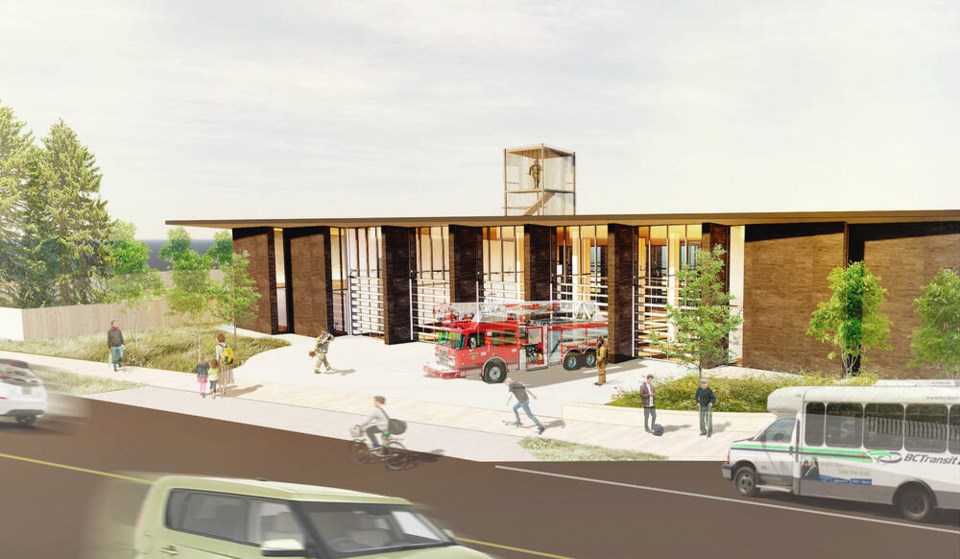A commentary by the vice-chair of Grumpy Taxpayer$ of Greater Victoria, a non-partisan citizens advocacy group for municipal taxpayers.
One hundred politicians from the South Island will soon start preparing the 2024 municipal budget to collectively spend a billion or two of our hard-earned tax dollars.
Be forewarned about the new fiscal reality bringing on the collywobbles.
The task will be to submit a balanced budget, along with financial statements and tax rate information by May 15, 2024. The greatest task will be to deliver good governance and better value for taxpayers, while not imposing additional hardships.
The cost of living will give our leaders intense anxiety, only one symptom of the collywobbles.
There have been 10 interest-rate increases since March 2022.
After peaking at 6.2 per cent in 2022, inflation eased to 3.8 per cent in September. That’s small comfort for thousands of mortgage holders set to renew rates during the next several years.
That’s small comfort for those trying to feed a family with the consumer price index for food leaping 5.8 per cent year-over-year.
Squeezed taxpayers are not in the mood for large property tax increases.
Then there’s the additional municipal costs as a result of interest rate increases sufficient to bring on colic.
Municipalities face a backlog of major infrastructure projects delayed during the pandemic. The cost of borrowed money from the Municipal Finance Authority — despite preferred rates — is now considerably higher.
Many municipalities have significant need for infrastructure and capital dollars, but none as much as Saanich.
A 2022 KPMG forecast for Saanich anticipates total capital expenditures of $1.028 billion between 2022 and 2031. The bulk of this investment, forecasted between 2026 and 2029, is anticipated to be financed through the tax levy, reserves and the issuance of additional debt. Included is an estimated $200 million for an upgraded public works yard.
The current 25-year MFA loan rate is 5.31 per cent, compared with 0.91 in the fall of 2020. It means less to spend on services and capital projects, or more in property taxes.
Increased public demands will also give councils the cramps.
Never mind the infrastructure deficits in the core communities, residents also want more services. Social issues show no sign of abating, along with unknown costs brought on by climate change.
Since the pandemic, the cost and availability of materials and labour has spiked dramatically. Some municipalities are going back to the drawing board to cost out or scale back planned projects.
In Esquimalt, a new public safety building that escalated to $62.2 million is under review. The cost of replacing Fire Hall No. 2 in Saanich has nearly doubled to $44.6 million.
Municipalities, which are often recipients of provincial largesse, are likely to feel queasy.
Nearly a billion in wildfire costs has helped push B.C.’s projected deficit this year to $6.7 billion.
The latest fall update reports wildfire expenses are $762 million more than planned for in Budget 2023, while revenue from natural gas royalties fell by $1.2 billion.
That’s a dramatic reversal from the 2022-23 budget year when an audited public accounting of B.C.’s financial records shows the province posted a surplus of $704 million.
In February, the bond rating agency S&P Global trimmed the province’s rating from AA+ and stable, to AA with a negative outlook. The downgrade means the province has to pay more for borrowing, which also will translate into diminished largesse for municipalities.
Fewer federal dollars targeted for municipalities could result in a bellyache.
The Parliamentary Budget Office, which provides independent economic and financial analysis to Canada’s Parliament, has issued warnings about the state of federal finances.
The federal government expects to spend $43.9 billion on interest payments this fiscal year, up from $24.5 billion two years ago.
Recent data from the country’s budgetary watchdog suggest a return to a balanced budget might occur in 2035. In total, Canada’s debt will climb by over $50 billion in the years ahead.
There are ways councils can relieve colic.
There needs to be increased scrutiny of public spending.
Every year municipalities go through the CRD to purchase a basket of services such as for a regional park or health related services.
Those expenditures do not necessarily receive scrutiny or discussion by the council itself. Those payments should be carefully debated and approved at the council level.
Unfortunately, there was little restraint by municipalities when interest rates were low. Now perhaps a new crop of local politicians might embrace the Capital Integrated Services and Governance report of 2017.
Sensibly, it calls for financial restraint and greater integration of services across the region.
Local politicians must get back to the basics to mitigate the pain brought on by the new fiscal environment.
The alternative, with all those unpleasant symptoms, is the stomach churning collywobbles.
>>> To comment on this article, write a letter to the editor: [email protected]



